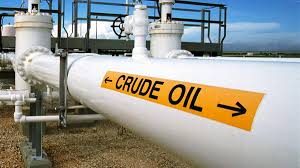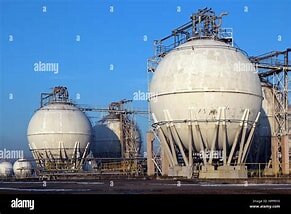London, Sept. 8, 2023 – Oil prices were stable on Friday as investors weighed fears about the health of China’s economy against supply cuts from major producers Saudi Arabia and Russia.
Both oil benchmarks hit 10-month highs earlier this week after Riyadh and Moscow extended their voluntary supply cuts of a combined 1.3 million barrels per day (bpd) to the end of the year.
However, concerns over China – considered crucial to shoring up oil demand over the rest of the year – have frustrated markets due to its sluggish post-pandemic recovery, while stimulus pledges have fallen short of expectations.
Data on Thursday showed overall exports and imports in the world’s second-largest economy fell in August as sagging overseas demand and weak consumer spending squeezed businesses.
Even in times of lacklustre economic activity, China tends to bolster its storage capacity, particularly with the availability of cheap Russian crude.
Last month, Chinese crude imports rose nearly 31% on inventory building and increased processing to benefit from higher profits from exporting fuel.
Brent crude futures edged seven cents lower to $89.85 a barrel by 0826 GMT, while U.S.
West Texas Intermediate crude (WTI) futures dipped 23 cents to $86.64.
China’s bumpy recovery, and the strong U.S. dollar, are weighing on prices, said Priyanka Sachdeva, senior market analyst from Phillip Nova.
Investors expect U.S. interest rates to linger at 20-year highs, pushing the U.S. dollar index to a six-month peak this week, making it more expensive to buy crude in other currencies.
Meanwhile, hawkish remarks by European Central Bank’s policymakers led money markets to increase their bets on a further rate hike.
“Riyadh is acutely aware of the tightrope it walks between tightening the market and upsetting any up-and-until-now progress achieved by central banks in taming price-rise driven inflation,” said John Evans of oil broker PVM. (Reuters)





